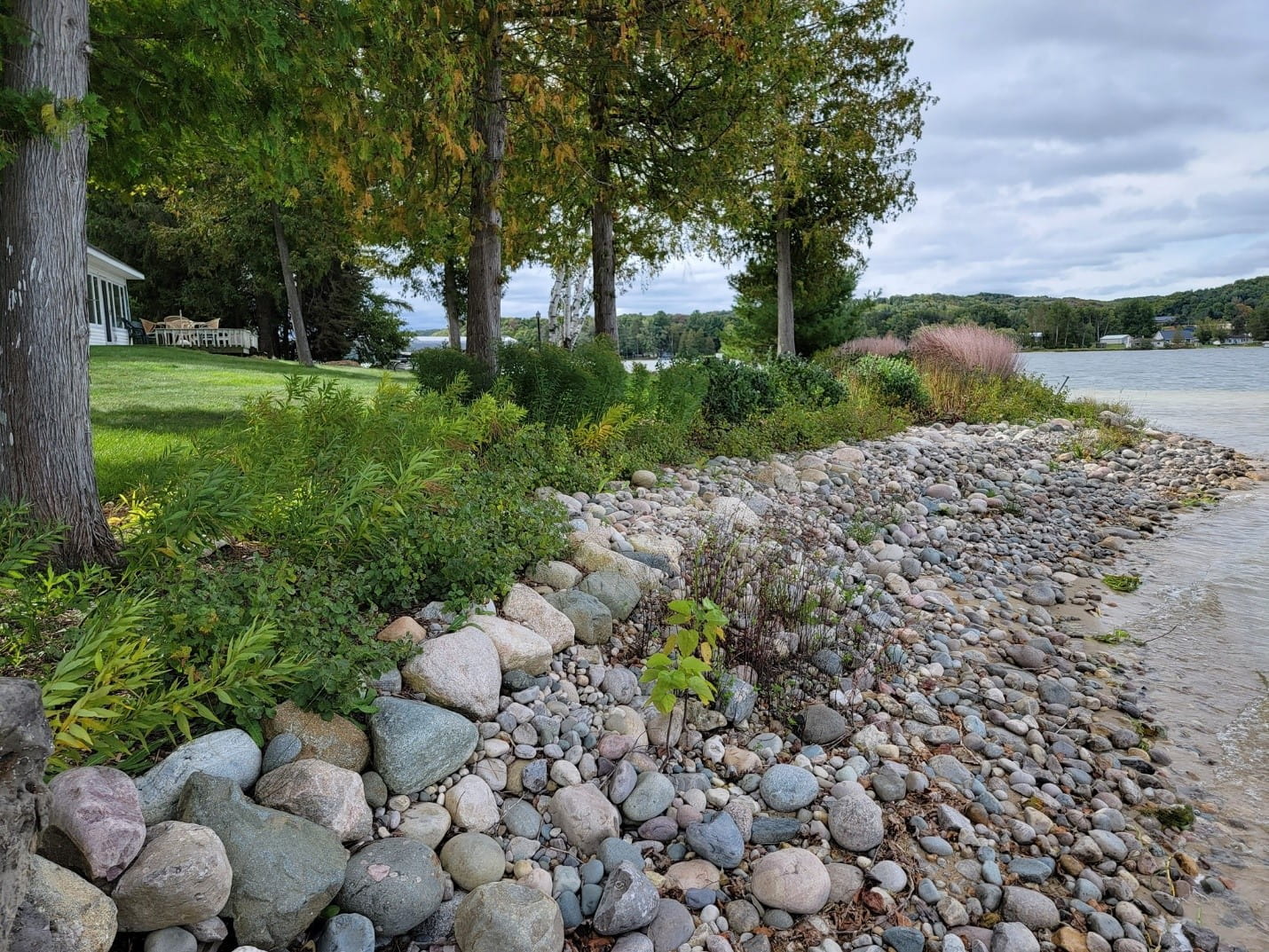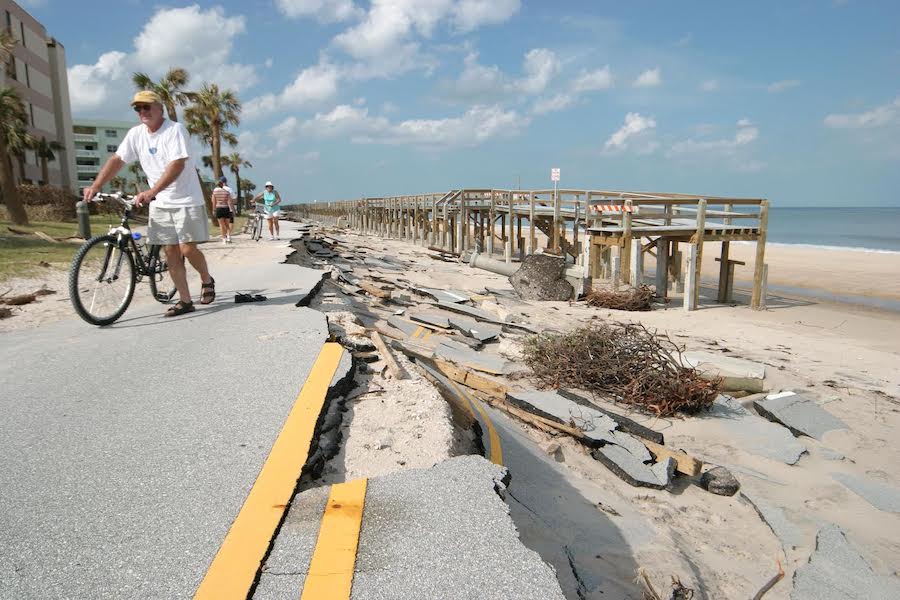What Does Shore Protect Team Mean?
Shore Protect Team for Dummies
Table of ContentsThe Of Shore Protect Team7 Easy Facts About Shore Protect Team Explained3 Easy Facts About Shore Protect Team ShownShore Protect Team Things To Know Before You BuyWhat Does Shore Protect Team Mean?Shore Protect Team for DummiesThe Facts About Shore Protect Team Revealed
Decrease in building value: As the area tourism is impacted by erosion, so then is the economic situation. Purchasers are much less likely to look for a beach home that can be destroyed at any kind of minute by the approaching flooding and disintegration emergency situation. Consequently, property value can drop tremendously and affect the entire region.Whether a coastline is just little and congested or has to shut entirely for the security of the environment and nearby buildings, this significantly affects tourism. In turn, regional economic climates are influenced (https://www.intensedebate.com/profiles/seshrprtcttm). Danger of injury: The raised risk of flooding and architectural failures triggers an enhanced risk of injury to close-by travelers and area participants

is home to even more than 84,240 miles of shoreline with 41% of it exposed to the open ocean. Coastal engineers are in fee of protecting the coastline versus changes by reducing the destructive influences of both natural and man-made events. Shoreline stabilization is straight relevant to their job. Waterfront hotels: Because coastline erosion effects tourism, it impacts the success of waterside resorts.
The 6-Second Trick For Shore Protect Team
Coastal industrial businesses: No tourists means no organization. Coastal state parks: State parks that exist along coastlines are at threat of damages.
Difficult stabilization uses man-made structures as defense to control disintegration. The majority of types of difficult stablizing like seawalls and sheet metal are not excellent for coastline stabilization.
The 10-Second Trick For Shore Protect Team
There's also insufficient proof of their performance depending upon the kind of coastline and regional problems. Tough stabilization methods have a tendency to be harder to set up and do not match the natural aesthetic, standing out like an aching thumb and damaging regional environments in numerous circumstances. Coastline sustenance is the process of adding lost sand and sediment back to beaches after disintegration has happened.
TrapBags help in the process of beach nutrition by securing natural environments and allowing plants to expand. They're: Ecologically pleasant: You can make use of native dirt both to border and to load the TrapBags.

Shore Protect Team Fundamentals Explained
Easy to mount: Relieve of installation implies TrapBags can be released swiftly in the event of an emergency situation. They can likewise be mounted with no heavy machinery. Economical: TrapBags are suitable for both small and huge locations of shoreline. They supply an inexpensive solution to cover jobs of any dimension.
Incorporated with a high construction expense, this has resulted in boosting usage of other soft design seaside administration options such as beach replenishment. Seawalls are constructed from different materials, most frequently reinforced concrete, rocks, steel, or gabions. Other possible construction products include vinyl, timber, aluminum, fiberglass composite, and eco-friendly sandbags made from jute and coir. The proper seawall design counts on location-specific elements, including bordering disintegration procedures. There are three primary types of seawalls: vertical, rounded, stepped, and piles (see table listed below). A report published by the United Nations Environment Program (UNEP) suggests that the tidal wave of 26 December 2004 triggered less damage in the areas where all-natural barriers were present, such as mangroves, reef or coastal vegetation.
Natural barriers, such as coral reefs and mangrove forests, avoid the spread of tidal waves and the circulation of coastal waters and minimized the flooding and surge of water. A cost-benefit method is an efficient method to figure out whether a seawall is suitable and whether the benefits are worth the expenditure.
Unknown Facts About Shore Protect Team
A seawall is a fixed feature which can conflict with the vibrant nature of the coast and restrain the exchange of debris between land and sea. Advantages and downsides of seawalls according to Short (1999) Advantages Disadvantages Lengthy term option in comparison to soft coastline nutrition (https://freebusinessdirectory.com//search_res_show.php?co=643723&lng=en).

This can trigger beaches to dissipate, providing them worthless for beach goers. Normally, seawalls can be a successful means to regulate seaside disintegration, but only if they are created well and out of products that can stand up to the pressure of recurring wave energy.
The 7-Minute Rule for Shore Protect Team
Integrated with a high building and construction price, this has actually caused raising usage of other soft engineering seaside management alternatives such as beach replenishment. Seawalls are constructed from different products, the majority of commonly enhanced concrete, boulders, steel, or gabions. Various other possible building and construction products consist of plastic, wood, aluminum, fiberglass composite, and biodegradable sandbags made from jute and coir. The suitable seawall style counts on location-specific elements, consisting of bordering disintegration processes. There are three primary kinds of seawalls: upright, curved, stepped, and mounds (see table below).
All-natural obstacles, such as reef and mangrove forests, stop the spread of tsunamis and the circulation of seaside waters and minimized the flood and surge of water. A cost-benefit approach is a reliable means to establish whether a seawall is ideal and whether the benefits deserve the expense.
What Does Shore Protect Team Mean?
A seawall is a static attribute which can conflict with the vibrant nature of the coast and restrain the exchange of debris in between land and sea. Benefits and downsides of seawalls according to Short (1999) Advantages Negative aspects Long term option in contrast to soft coastline sustenance.

This can create beaches to dissipate, making them useless for beach goers. Normally, seawalls can be a successful method to manage coastal erosion, but just if they are created well and out of products that can endure the pressure of recurring wave power. Some understanding is required of the coastal procedures and morphodynamics certain to the seawall place.